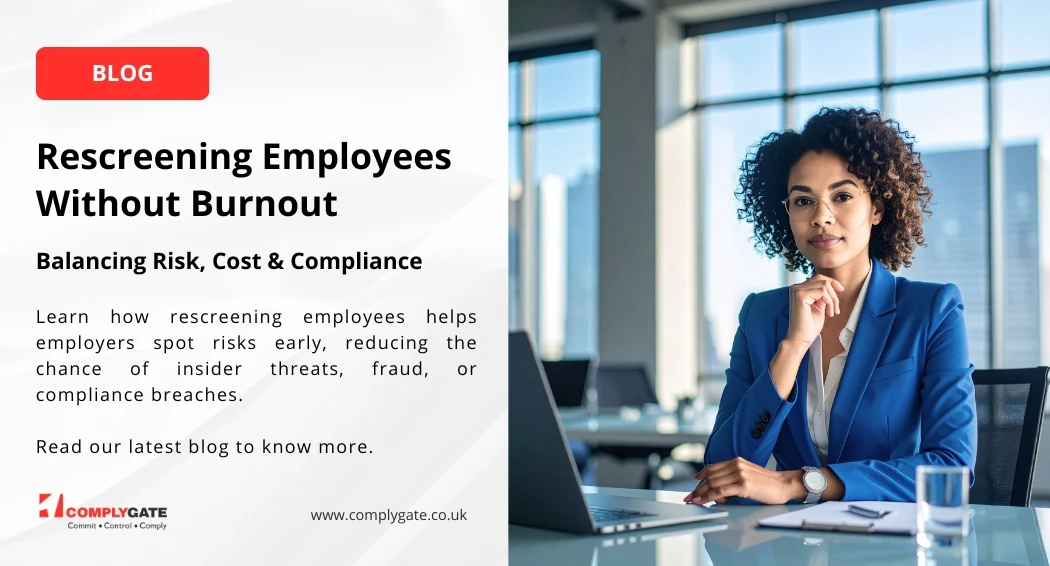Doing Digital Transformation Right: 8 Questions to Keep in Mind
Digital transformation is a functional change in how an organisation or company delivers work to its customer. Every firm is unique in its approach to business and its capabilities. It's about knowing what their strengths are and how to use them to make a substantial difference between real change and expected change. That’s why changing the form of work by technology is termed Digital Transformation. Asking the right question is significant, for the effective transformation based on digital technology.
8 Questions to keep in mind when it comes to Digital Transformation of the Workplace
What should employees do differently?
As we all know it's very easy to advise others what to do rather than focusing on oneself. But if we want a change in an organisation everyone needs to be responsible for their personal development, instead of trying to point fingers and drag down other people and teams.
Encouraging employees to proactively learn and be responsible of their own development and learning will promote a healthy work environment, since it shows trust on them to follow their instincts on knowing what’s best for them. By encouraging them to put their efforts on their results, they’ll feel more connected to their job.
What should be the plan of action of seniors/leaders?
Senior leaders of the company should focus on building the right environment for the success of the digital transformation. At the end of the day, if employees in a company are not learning, it's because of a leadership that is not prioritising a work environment that promotes learning opportunities.
It’s especially common for senior employees to feel like their duty is to know things, but not to learn or improve them.
This mindset needs to be changed. The world is moving so fast and becoming more complex every day. This requires leaders to be involved and to promote a learning environment by leading the example, and learning themselves. This will motivate employees to do so as well.
Keeping a constant learning mindset, especially regarding technology and what it’s capable of should be a process, not a one-time thing.
Where key decisions should be taken in an organisation
This is a very important question; its answer seems to be easy and simple but it's tough then how it looks. People have different assumptions about how decisions are made, but on closer inspection, those theories fall apart. Although some people are officially responsible for decisions, evaluating how those decisions are reached and focuses on how an organisation works.
In most successful organisations people feel they have the autonomy to act without consulting their different teams in concluding any decision, but that’s rarely an accident. It's very important to change to be done in an organisation where any decision needs to be taken unanimously for the growth of the company.
How do organisations respond to learning?
To accept the failure and enjoy success transparently with the team is very important. Being open to uncertainty, problems and complexity, although can create a life more difficult, it’s important to create a learning atmosphere. Encouraging transparency about failure as well as success makes it easier to see where attention needs to be given. It's about gathering information, then maximize it to build something better. This system of transparent learning needs to be followed by any data-driven organisation.
How can we retain employees in an organisation?
A very helpful approach is to think of a company as a set of social relationships.
It's very important and helpful to think about an organisation is as a set of social relationships. People often think of an organisation as being like machines, decisions through a traditional system that produces predictable results, yet sometimes they have trouble with this system.
It's important to consider how your own actions affect your colleagues, and what things could negatively impact their efforts and keep them from putting the best out of themselves on their work.
People relate to each other in many ways aside their professional titles and hierarchies within the organisation. When it comes to digital transformation of the workplace, these relationships become even more complex, especially due to cultural aspects, which should be handled.
What activities would build extra value if adapted to work more closely?
Bringing employees that normally don’t work together to work closely can have a relevant and positive impact. Suddenly they will view new opportunities which they might have not considered earlier.
Digital transformation relies in the exchange of skills and knowledge that working with other people creates.
Which specific actions are worth testing for a successful implementation of a collaborative work environment?
Working together and collaborating is always a good idea for an organisation but when it comes to implementing it, looks too complicated. It's important to think about what one can do within its remit and start testing the new ideas. Involving people from different teams to give input at the next meeting. Involving with another team planning session will also give the broader perspective to implement things. Small experiments are a great way to get things moving and if you are trying to open things up, not close them down. Involving everyone should be learning too.
Have you considered the ways communication runs within the organisation?
Conversation is the best way to address different opinions within the workplace and promote different behaviours. Time to time conversation and communication is good for any company.
Communication can take place in many ways, which can create and overwhelming amount of data that employees have to deal with. In all forms of communication, leaders should keep their efforts on collecting the data that is really needed, and separating it from the less relevant one.
In many companies the previous way of work was mostly done on a way that looked great on paper, but when it came to its execution it didn’t happen as planned.
That's why for four decades companies were advised for organisational change. Elaborating and analysing according to seniority and hierarchy is a method that fails to interact with their heart of organisation and progress.











